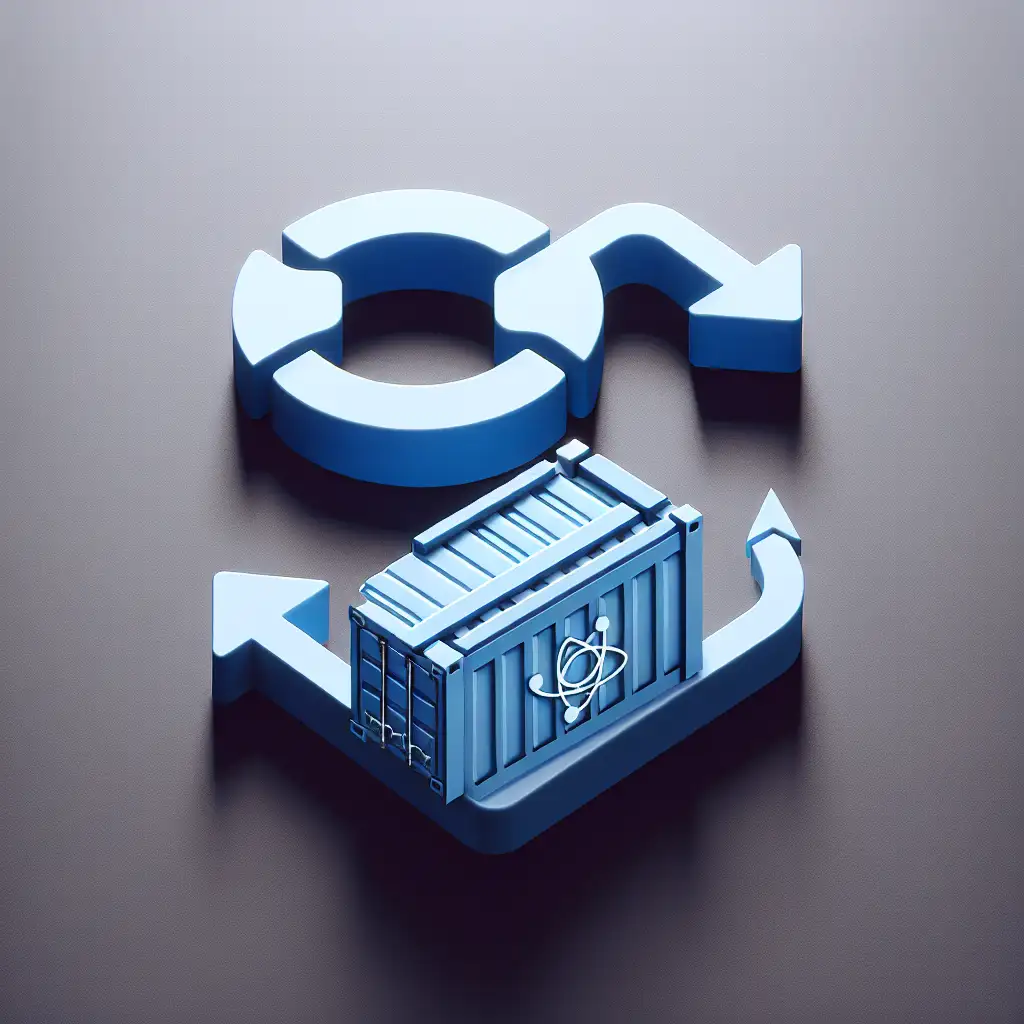Streamlining ASP.NET Core Deployment: Best Practices for Docker Containerization
Most developers treat Docker as just another deployment step, but mastering the nuances of containerization can transform your ASP.NET Core release process from error-prone to bulletproof. This guide reveals how to leverage Docker beyond basics to unlock robust, seamless deployments.
Deploying ASP.NET Core applications using Docker containers consolidates environment consistency, accelerates deployment cycles, and improves scalability—essential for modern cloud-native applications. If you want to build reliable, repeatable deployment workflows that minimize “works on my machine” headaches, containerizing your app with Docker is a must. Below, I’ll walk you through practical steps and best practices to streamline your ASP.NET Core deployments using Docker.
Why Containerize ASP.NET Core with Docker?
Before diving into code and commands, let’s recap why Docker containerization is critical:
- Environment parity: Run the exact same app and dependencies locally, in staging, and production.
- Faster deployments: Build once, deploy anywhere with confidence.
- Isolation: Avoid conflicting dependencies on hosts.
- Scalability: Effortlessly run multiple app instances in orchestrators like Kubernetes or Azure Container Instances.
- Simplified CI/CD: Integrate container builds into automated pipelines.
Step 1: Create a Lean Dockerfile for Your ASP.NET Core App
The first step is writing an optimized Dockerfile. The goal is a small image size for faster downloads and security.
Here’s a minimal example using the official ASP.NET Core base images:
# Use SDK image to build the app
FROM mcr.microsoft.com/dotnet/sdk:7.0 AS build
WORKDIR /src
# Copy csproj and restore dependencies
COPY *.csproj ./
RUN dotnet restore
# Copy remaining source files and build release
COPY . .
RUN dotnet publish -c Release -o /app/publish
# Runtime image contains only runtime dependencies
FROM mcr.microsoft.com/dotnet/aspnet:7.0 AS runtime
WORKDIR /app
# Copy published output from build stage
COPY --from=build /app/publish .
# Expose port (default Kestrel port)
EXPOSE 80
# Entry point for the container
ENTRYPOINT ["dotnet", "YourAppName.dll"]
Note: Replace YourAppName.dll with your actual DLL name.
Explanation:
- Multi-stage build reduces final image size by discarding SDK tools after compilation.
- Use the lightweight
aspnetruntime base for running your app. - Expose port 80 where Kestrel listens by default inside the container.
- Copy only necessary files during each stage for layer caching benefits.
Step 2: Build Your Docker Image Locally
From your project folder (where Dockerfile resides), run:
docker build -t yourappname:latest .
You’ll see output tracking each step (restore, compile, publish).
Verify the image exists:
docker images yourappname
Step 3: Test Running Your Container Locally
Spin up a container mapping host port 8080 to container port 80:
docker run -d -p 8080:80 --name testcontainer yourappname:latest
Visit http://localhost:8080 — you should see your ASP.NET Core app running!
To stop and remove container after testing:
docker stop testcontainer
docker rm testcontainer
Step 4: Manage Configuration with Environment Variables
Avoid hardcoding environment-specific settings. Instead, use ASP.NET Core’s built-in support for environment variables inside containers:
In Program.cs or Startup.cs, ensure configuration reads from environment variables (this is usually automatic):
builder.Configuration.AddEnvironmentVariables();
Pass config values in Docker via -e flag or compose file:
docker run -d -p 8080:80 -e "ASPNETCORE_ENVIRONMENT=Production" \
-e "ConnectionStrings__DefaultConnection=Server=sqlhost;Database=mydb;" \
--name prodcontainer yourappname:latest
Step 5: Use a Docker Compose File for Multi-Service Apps
For apps requiring external services like SQL Server or Redis, create a docker-compose.yml to orchestrate related containers easily.
Example:
version: '3.8'
services:
webapp:
image: yourappname:latest
ports:
- "8080:80"
environment:
- ASPNETCORE_ENVIRONMENT=Development
- ConnectionStrings__DefaultConnection=Server=db;Database=mydb;
depends_on:
- db
db:
image: mcr.microsoft.com/mssql/server:2022-latest
environment:
SA_PASSWORD: "Your_password123"
ACCEPT_EULA: "Y"
ports:
- "1433:1433"
Launch both services in one command:
docker-compose up -d --build
This guarantees all components spin up reliably with correct networking.
Step 6: Optimize Your Images Further
Some useful tips before you ship images to registries:
- Use smaller base images, like Alpine variants (
mcr.microsoft.com/dotnet/aspnet:7.0-alpine). Be mindful of compatibility though. - Cache dependencies efficiently by carefully ordering steps in the Dockerfile (copy csproj first before full source).
- Remove unnecessary files using
.dockerignore— excluding tests, docs, local configs reduces build context size.
Example .dockerignore file content:
bin/
obj/
*.user
*.vs/
.vscode/
.DS_Store
.git/
tests/
docs/
Step 7: Push Your Image to a Container Registry
Tag your image with a repository name (Docker Hub or Azure Container Registry):
docker tag yourappname:latest username/yourappname:v1.0.0
docker push username/yourappname:v1.0.0
Now it’s ready for automated CI/CD pipelines or cloud deployments.
Bonus Tip — Health Checks & Readiness Probes
Make sure Kubernetes or other orchestrators can monitor container health properly by adding a health check instruction in Dockerfile:
HEALTHCHECK --interval=30s --timeout=5s CMD curl --fail http://localhost/health || exit 1
Configure your ASP.NET Core app to expose appropriate endpoints like /health using Health Checks middleware (Microsoft.Extensions.Diagnostics.HealthChecks).
Conclusion
By containerizing your ASP.NET Core application properly with these best practices, you gain reliable consistency across all environments—making deployment cycles faster and less error-prone.
Take advantage of multi-stage builds and environment-driven configurations so that pushing updates becomes as simple as building a new image and running it anywhere—locally or in the cloud.
If you want bulletproof continuous delivery pipelines next-level scalable in Kubernetes or Azure Container Instances, start here—master these fundamentals first!
Did this post help clarify how to streamline your ASP.NET Core deployments with Docker? Share your experiences or questions below!
